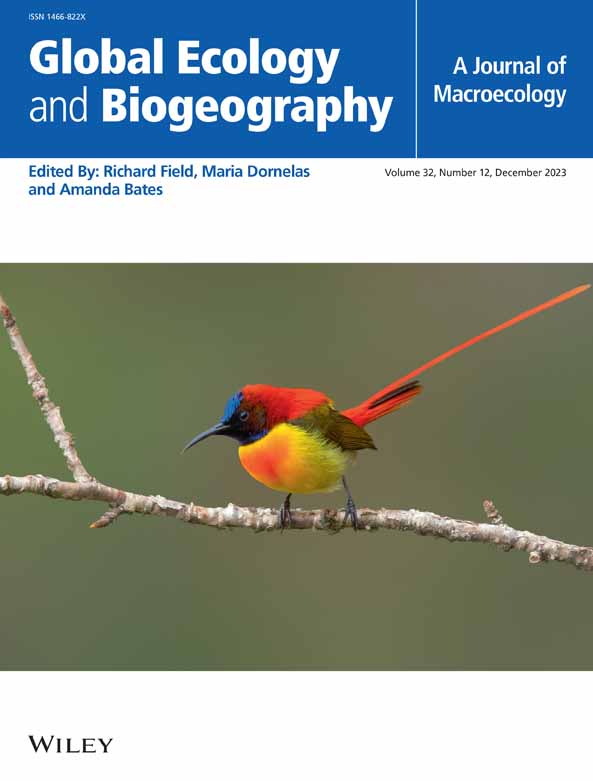Global Patterns and Drivers of Soil Extracellular Enzyme Activities in Response to Plant Invasion: A Meta-Analysis
Abstract
Aim
Plant invasion is a major global environmental challenge. While invasive plants can potentially enhance soil nutrient availability by stimulating soil extracellular enzyme activities, empirical studies have yielded conflicting results. A comprehensive understanding of global patterns and underlying drivers is therefore essential for inferring generalities.
Location
Global.
Time Period
2000–2025.
Major Taxa Studied
Invasive plants and soil microorganisms.
Methods
We conducted a meta-analysis on 635 observations from 117 studies worldwide, investigating the effect of plant invasion on 11 soil carbon (C)-, nitrogen (N)- and phosphorus (P)-acquiring enzyme activities. We also analysed how environmental drivers and ecosystem types modulated these responses.
Results
Plant invasion significantly increased hydrolytic C-, N- and P-acquiring enzyme activities by 18% (11%–27%), 29% (22%–37%), and 32% (24%–41%), respectively, while it had no significant effects on oxidative enzyme activities. These enzymatic responses were primarily driven by elevated dissolved organic carbon and soil moisture content, coupled with decreased fungal/bacterial ratios under invasion. The most pronounced enzymatic responses occurred in neutral and alkaline soils during the early stages of invasion and when invasive plants formed mycorrhizal associations. Different ecosystem types displayed distinct enzymatic responses to plant invasion: grasslands showed elevated N-acquiring enzyme activities, wetlands exhibited enhanced P-acquiring enzyme activities, croplands demonstrated increases across all hydrolytic enzyme classes, while woodlands displayed modest enzymatic responses to invasion compared to other ecosystem types.
Main Conclusions
We found that (i) plant invasion consistently increased hydrolytic enzyme activities while it had negligible effects on the activities of oxidative enzymes; (ii) enzymatic responses to invasion were modulated by ambient soil pH, invader mycorrhizal status and invasion duration; and (iii) invasive plants enhanced soil nutrient availability across ecosystem types through different impacts on enzyme activities. These findings provided mechanistic insights into plant invasion success and advanced our predictive capacity for invasion impacts on biogeochemical processes.


 求助内容:
求助内容: 应助结果提醒方式:
应助结果提醒方式:


